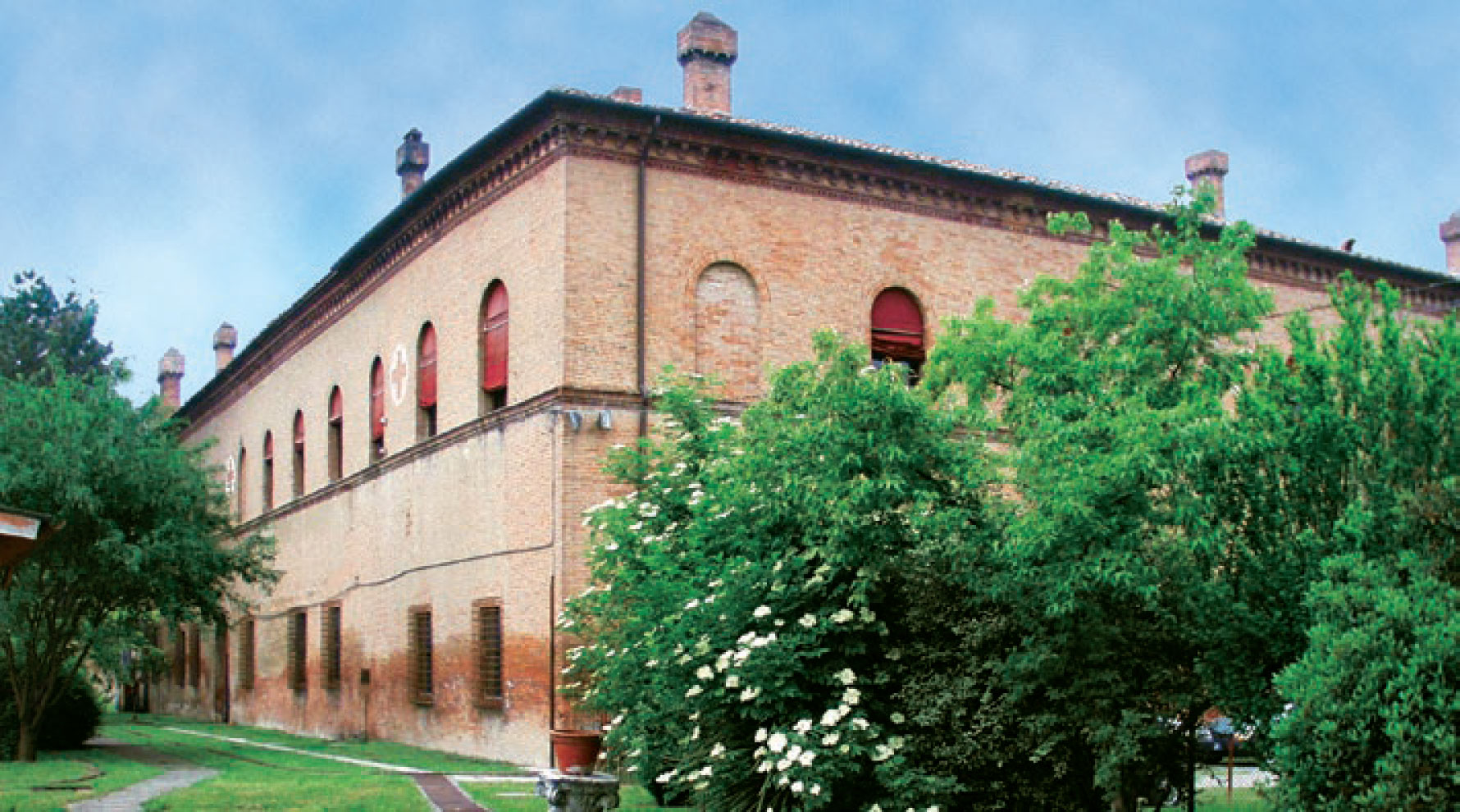The Ramazzini Institute (RI) is an independent, non-profit cooperative of more than 27,000 associates, dedicated to the promotion of scientific research for the prevention of cancer. The activities of the RI focus primarily on the experimental identification and quantification of carcinogenic risks and on the evaluation of the efficacy and safety of drug therapies and active ingredients that may be used to prevent the development and/or progression of cancer. The RI manages the Cesare Maltoni Cancer Research Center (CMCRC) in the province of Bologna, Italy, where one of the world’s largest and longest existing programs of carcinogenicity bioassays is conducted.
The CMCRC was renamed in 2005 in honor of its founder, the late Professor Cesare Maltoni (1930-2001). Research has been underway since 1970 in the CMCRC’s 10,000 m2 of laboratories, uniquely situated in the Castle of Bentivoglio. At the CMCRC, studies have been conducted on more than 200 compounds present in the industrial and the general environment. Substances demonstrated to be carcinogenic include: vinyl chloride, benzene, formaldehyde, trichlorethylene, fuels and their components and additives, pesticides and artificial sweeteners. Results of CMCRC studies have provided the scientific basis for lowering exposure levels to various agents present in work-places and in the general environment.
The Ramazzini methodology is characterized by systematic and integrated project design, consistency over time, and a public health oriented approach. Agents are selected for study on the basis of their potential diffusion and on the adequacy of existing experimental and epidemiological evidence.
The Ramazzini study design closely mirrors the human condition, in which persons may be exposed to agents in all phases of life for varying lengths of time. A distinctive characteristic of most Ramazzini carcinogenicity studies is that rodents are treated from prenatal life and kept under observation until natural death or at least 130 weeks of age. This lifespan protocol is in contrast with most laboratories where rodents are treated starting from adulthood and sacrificed at 110 weeks of age (representing about 2/3 of the lifespan) and corresponding to 60-65 years in humans. This practice means that the researchers miss a significant proportion of cancers induced by early exposure during pregnancy and that might show up in old age.



